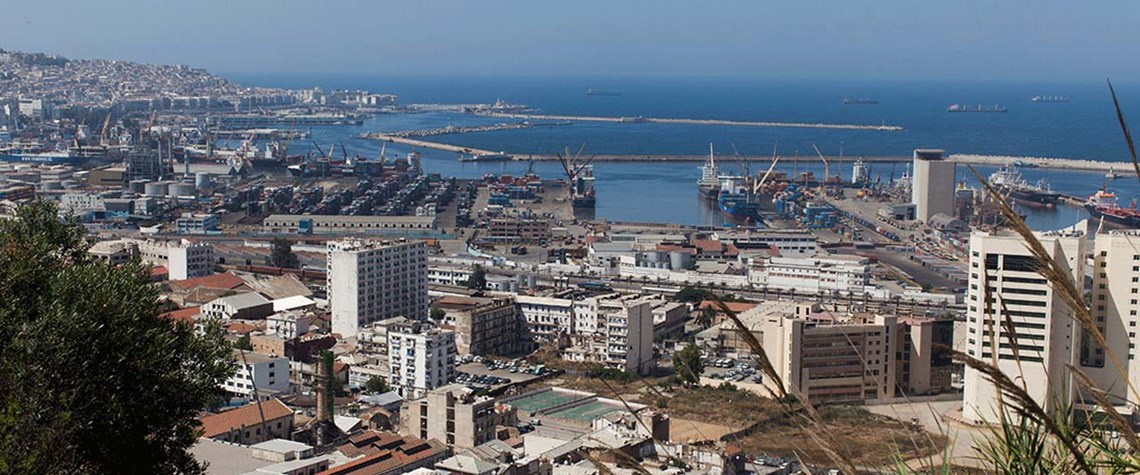Arab oil states: the devil’s in Opec’s data
The group's latest figures show Gulf oil states' earnings have plummeted, while the region's population keeps rising
The urgent need for Arab oil producers to introduce economic reforms that lead to financial savings and new jobs is clearly shown in Opec's 2017 Annual Statistical Bulletin. Between 2012 and 2016 the populations of the seven states (Algeria, Iraq, Kuwait, Libya, Qatar, Saudi Arabia and the United Arab Emirates) grew by 10% (see table). Yet the ability of these states to cope with the continuing rise in the number of inhabitants has declined because over the same period revenue from exports fell by 45% (see graph). The biggest population increase—a rise of 3.676m—was in Iraq, where the public purse is already being hit by low oil prices, expenditure on the war against Islamic State (IS) and t

Also in this section
24 December 2025
As activity in the US Gulf has stagnated at a lower level, the government is taking steps to encourage fresh exploration and bolster field development work
23 December 2025
The new government has brought stability and security to the country, with the door now open to international investment
23 December 2025
A third wave of LNG supply is coming, and with it a likely oversupply of the fuel by 2028
22 December 2025
Weakening climate resolve in the developed world and rapidly growing demand in developing countries means peak oil is still a long way away







